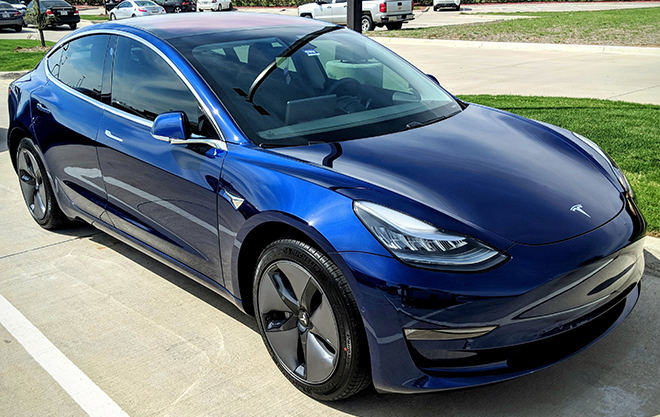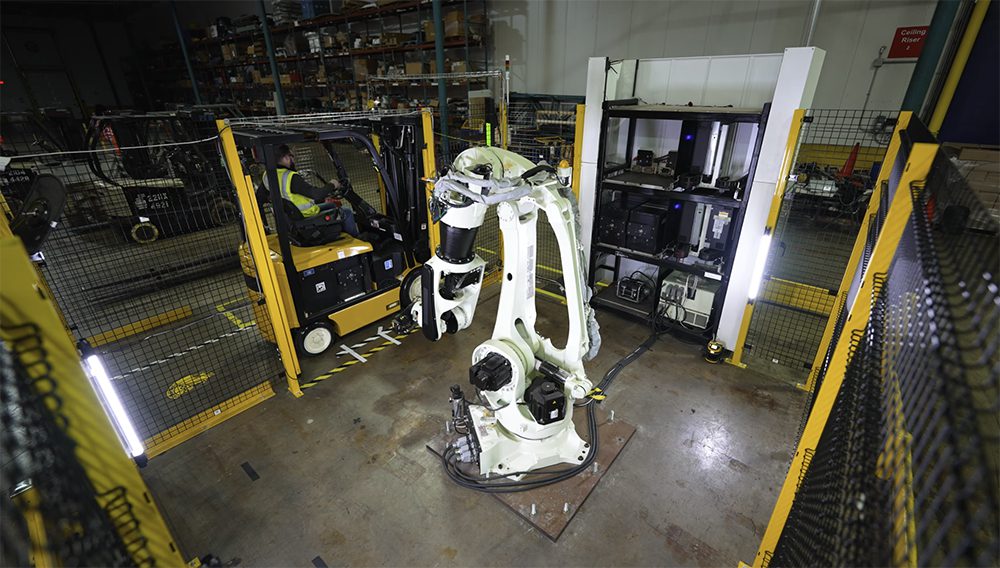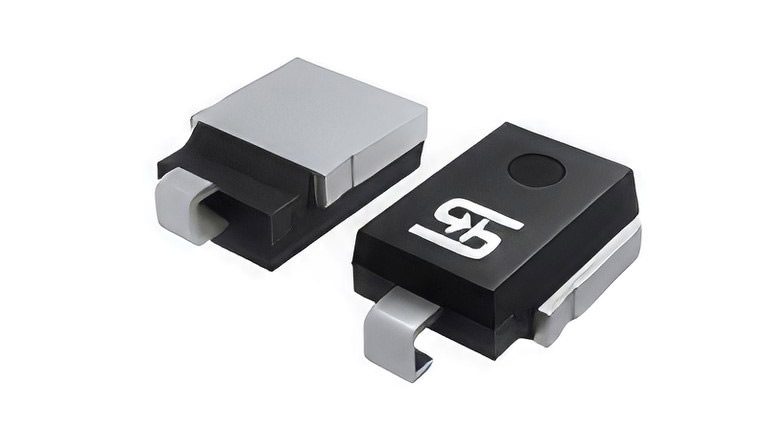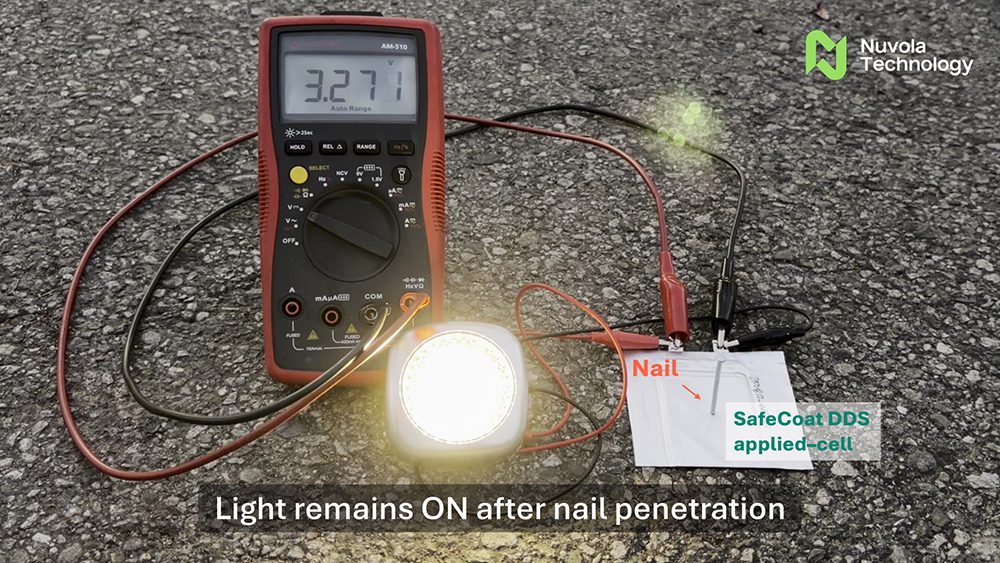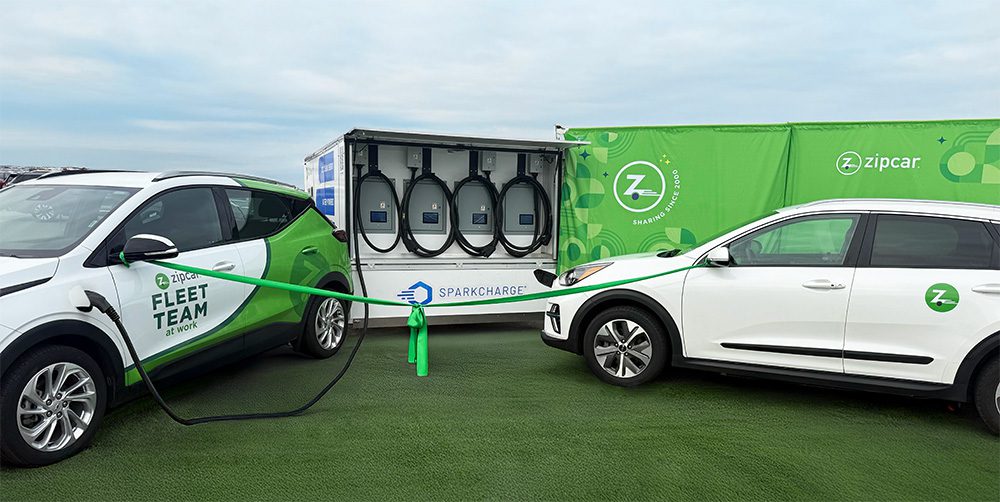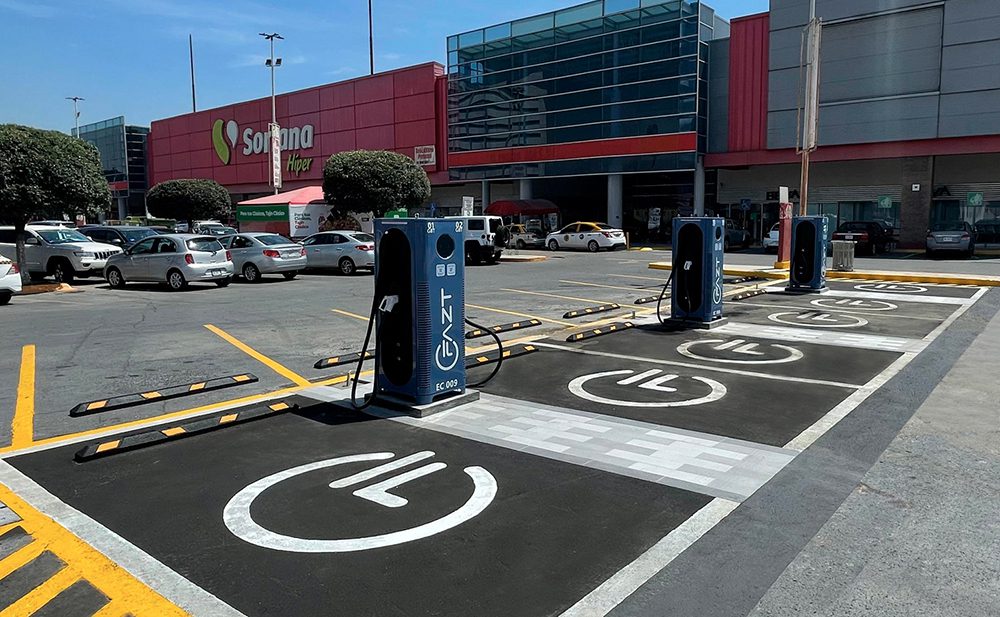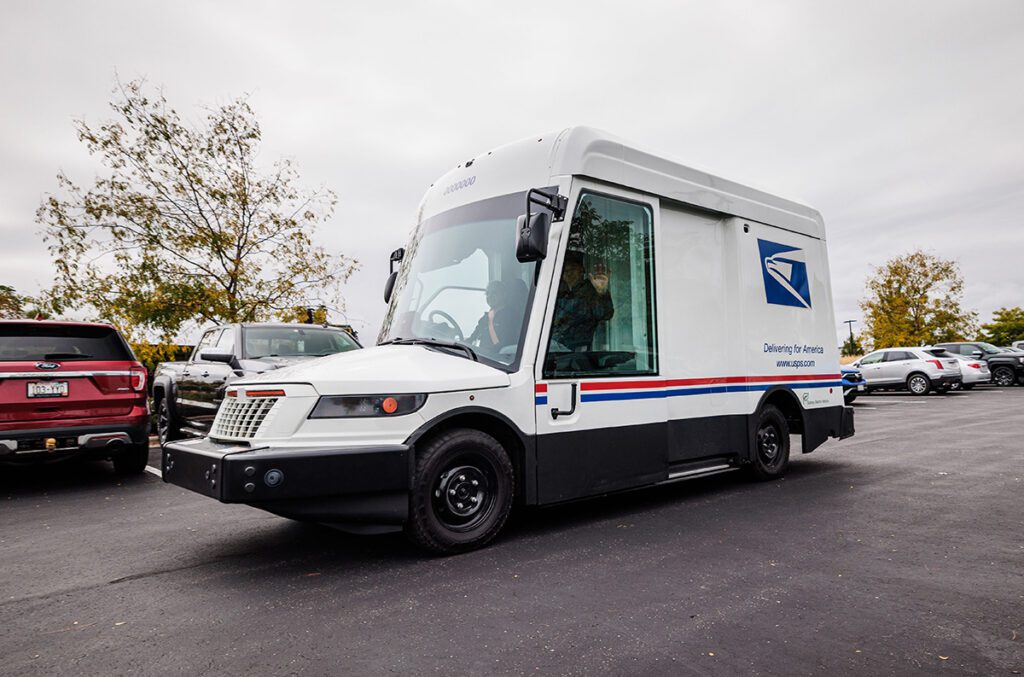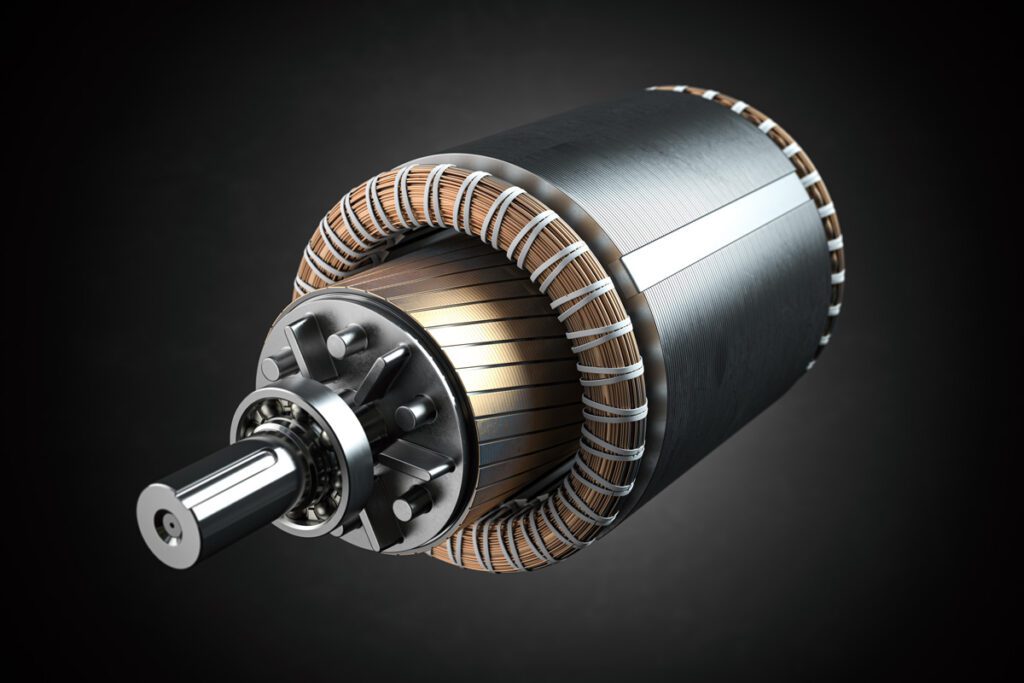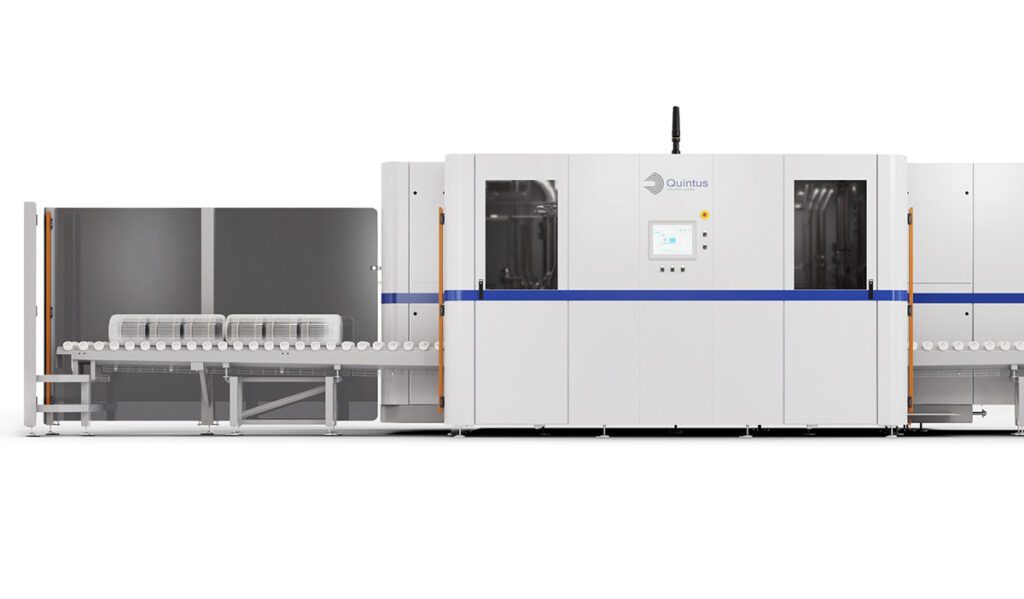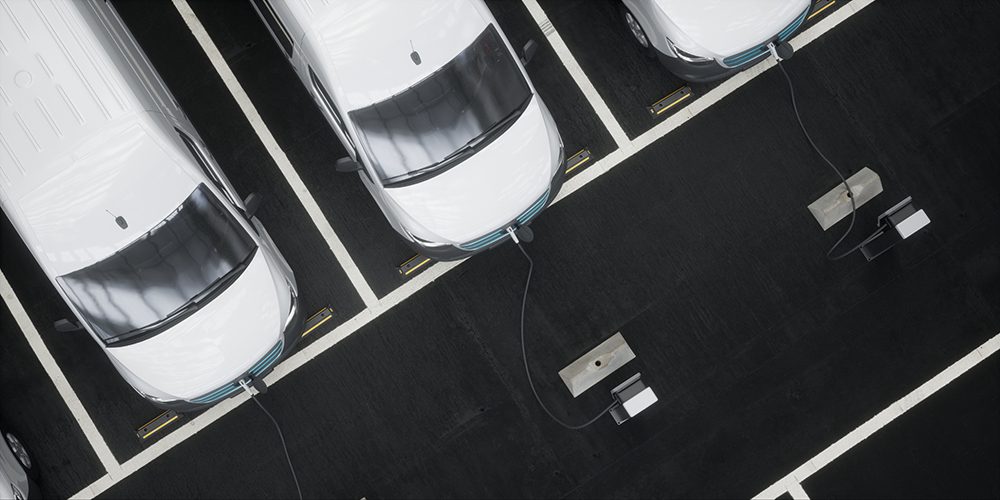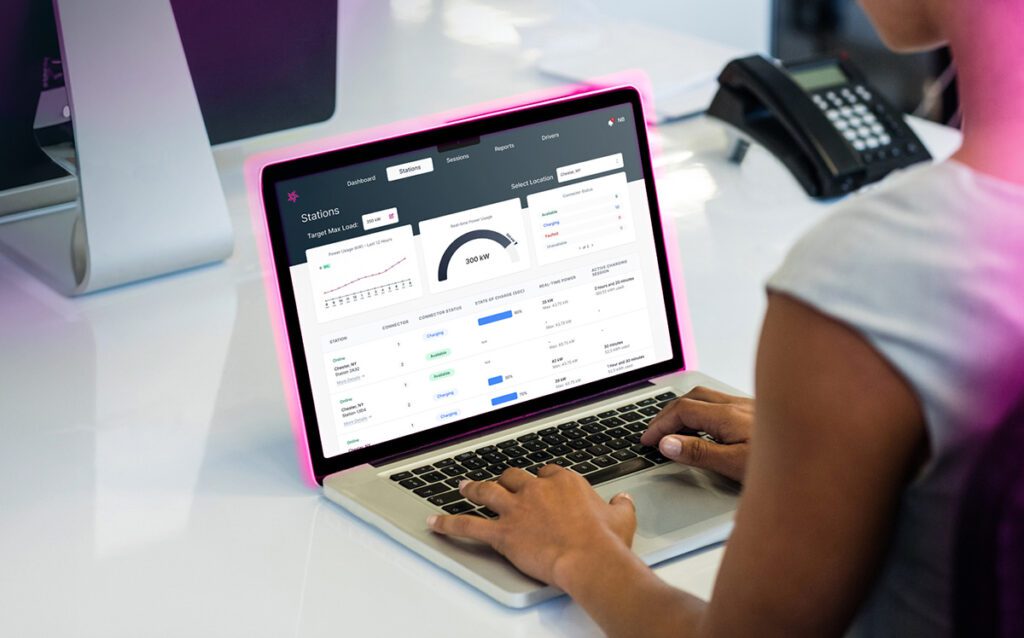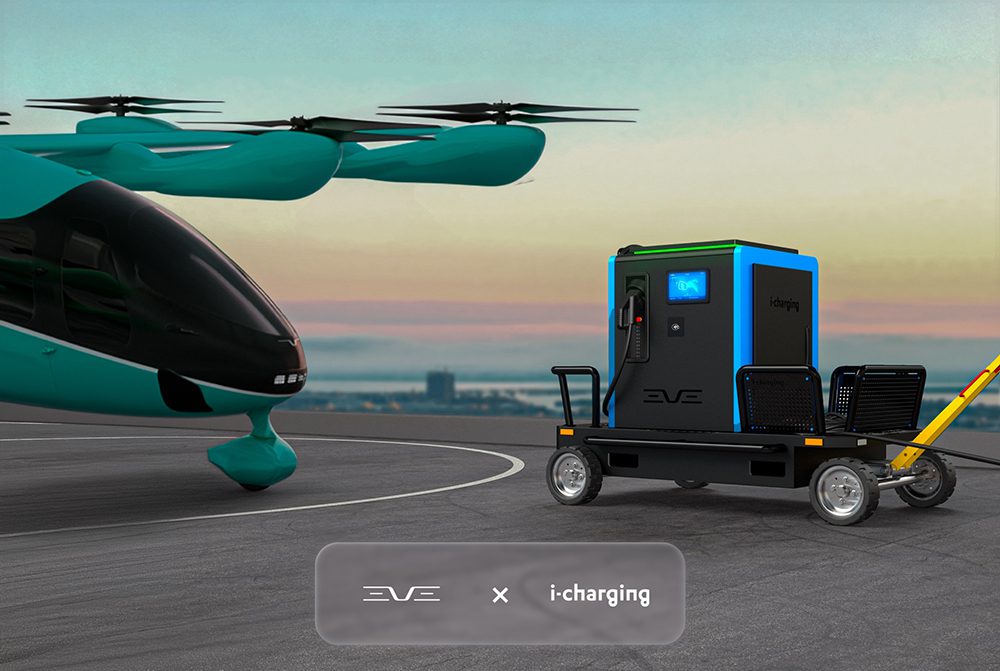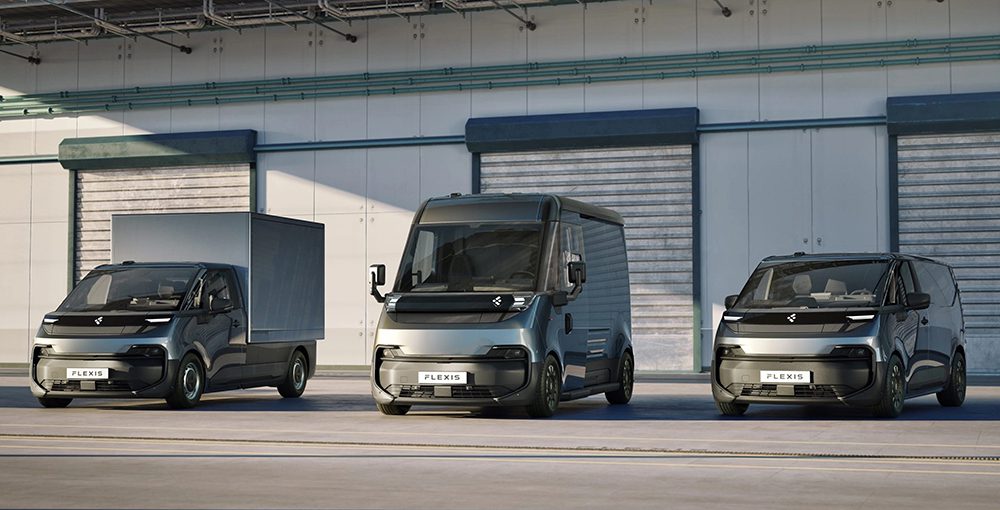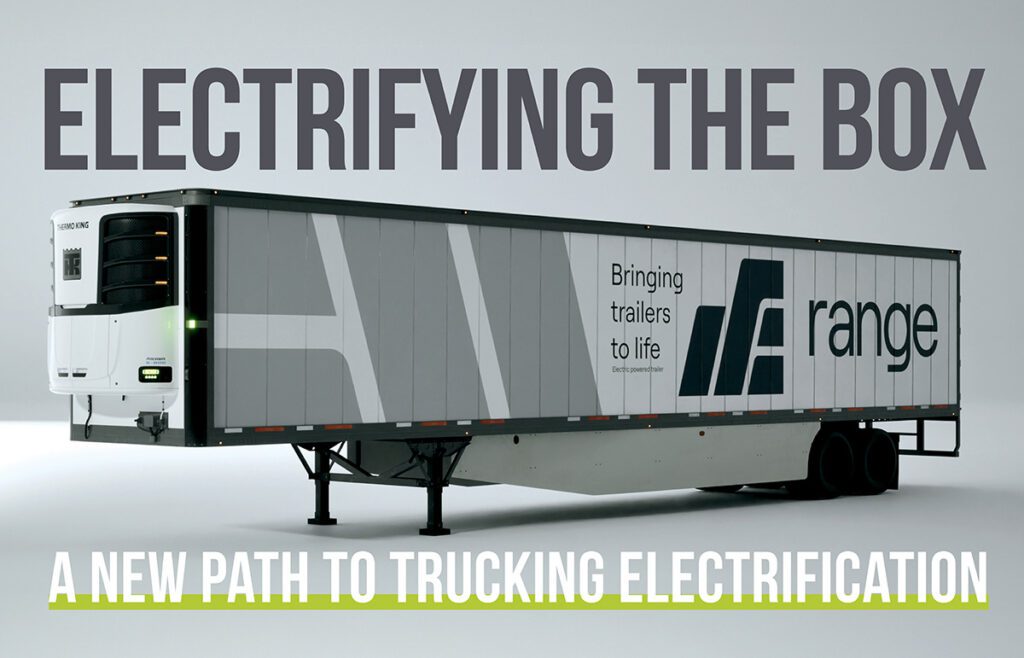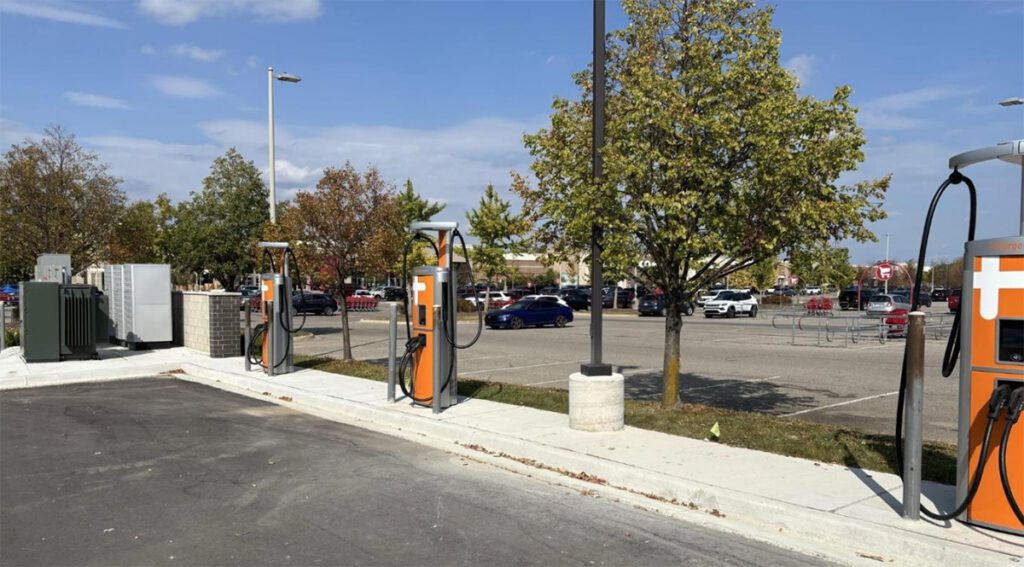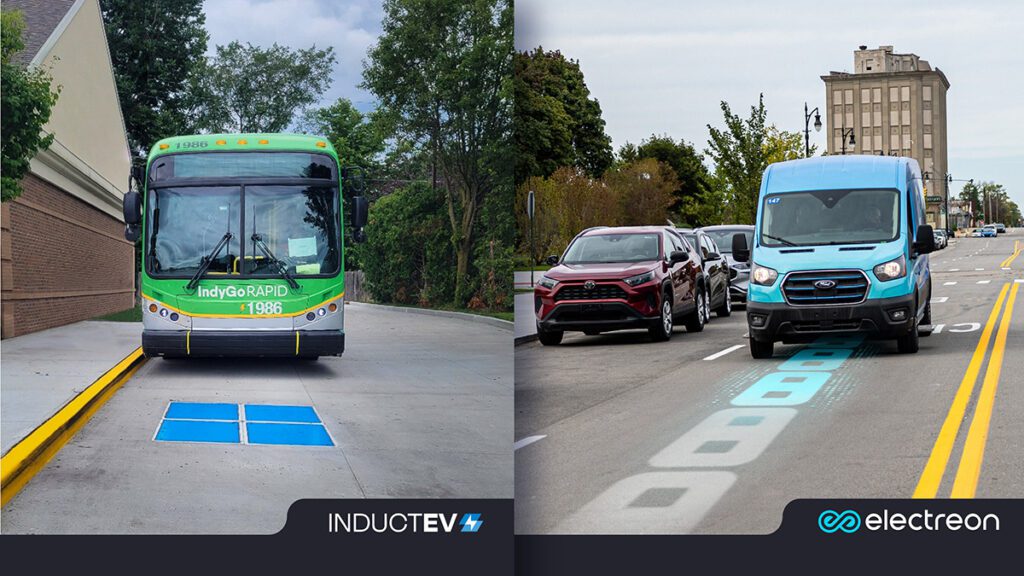Some of Tesla’s customers could soon be victims of the company’s success. The $7,500 federal tax credit for EV purchases is designed to sunset when a particular automaker sells over 200,000 EVs, and Tesla is nearing that bittersweet milestone. Ironically, thousands of affluent buyers of Models S and X received the credit, while most future buyers of the mass-market Model 3 seem likely to miss out.
However, Tesla may have a trick or two up its sleeve to milk the maximum amount of benefit for its customers. In 2016, Elon Musk tweeted, “Our production ramp plan should enable large numbers of non X/S customers to receive the credit,” and assured us that “we always try to maximize customer happiness even if that means a revenue shortfall in a quarter.”
The math is complex, but spreadsheet whizzes predicted in 2016 that, if Tesla could time its Model 3 deliveries just right, it could extend the full $7,500 credit for almost six months after reaching the 200,000 mark.
Some more recent calculations come to us courtesy of Bloomberg’s Model 3 Production blog. Tom Randall writes, “It’s pretty clear that Tesla is likely suppressing US sales as the quarter ends so as to extend its federal electric-vehicle subsidy.” He notes a marked shift in Model 3 deliveries from the US to Canada, and speculates that Tesla may also be accelerating overseas deliveries for Models S and X, as well as stockpiling cars at holding facilities.
What a difference a day makes department: If Tesla can manage to deliver its 200,000th car on July 1, rather than on June 30, it will extend the subsidy calendar by three months. This would allow thousands more Model 3 buyers to claim the subsidy, potentially saving them as much $366 million in the aggregate.
However, as Musk noted back in 2016, this would amount to putting customers’ interests ahead of profits – a novel concept in the business world. Stockpiling cars and delaying deliveries would increase costs for the second quarter and push revenue into the third quarter, playing Hell with Tesla’s balance sheet, at least temporarily. When Tesla reports second-quarter earnings, the numbers could be even uglier than usual. However, the revenue would still arrive in the third quarter, so Tesla’s goal of becoming profitable in the second half wouldn’t be compromised. And such a move would generate a tremendous amount of goodwill, especially if some of the company’s less-wealthy fans, patiently waiting for a $35,000 base Model 3, could somehow get the full credit (though it’s hard to see how that would happen, as Tesla has said that the base model won’t be delivered until the end of the year). Who knows, people might start to think Elon Musk isn’t such a bad guy after all.
[Editor’s note: Changed the last paragraph to clarify that base Model 3 buyers are unlikely to see the full credit in any case.]
Source: Bloomberg Tesla Model 3 Tracker
Image: Steve Rainwater







